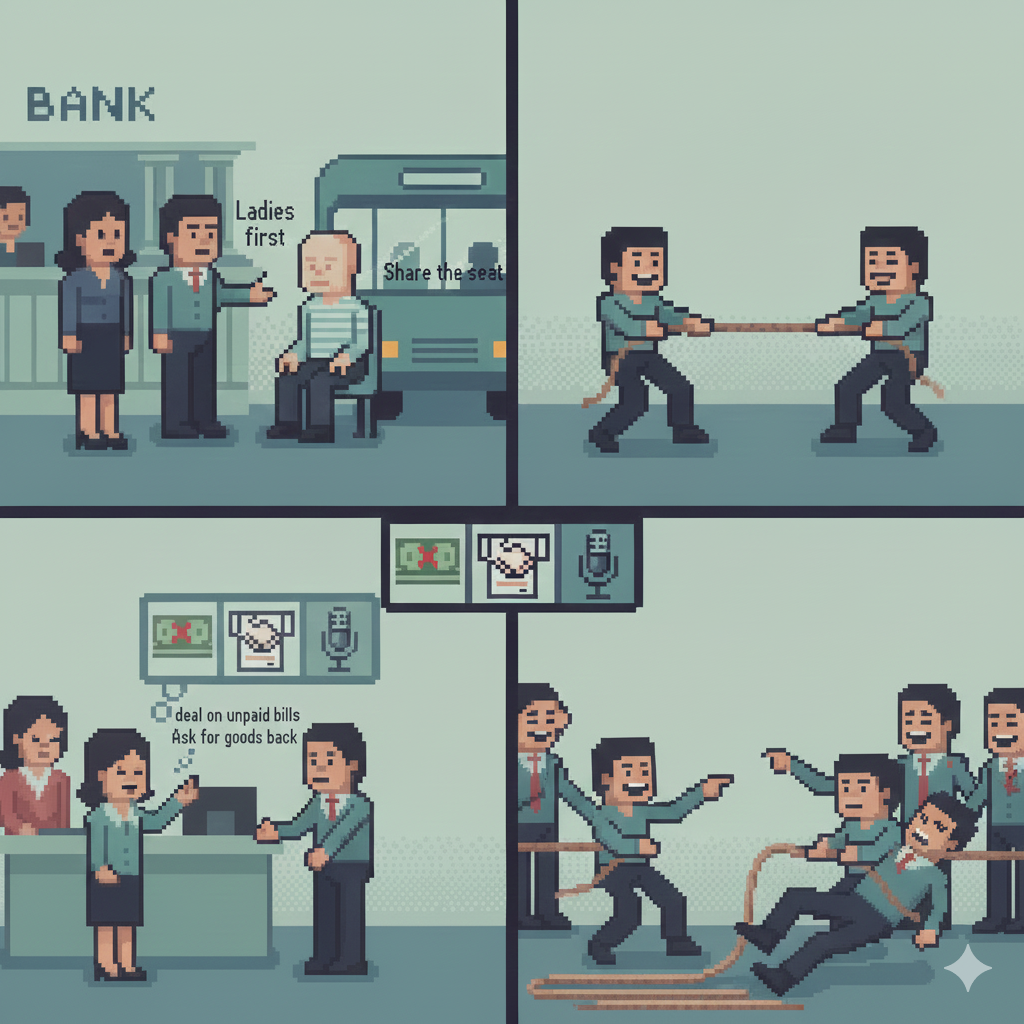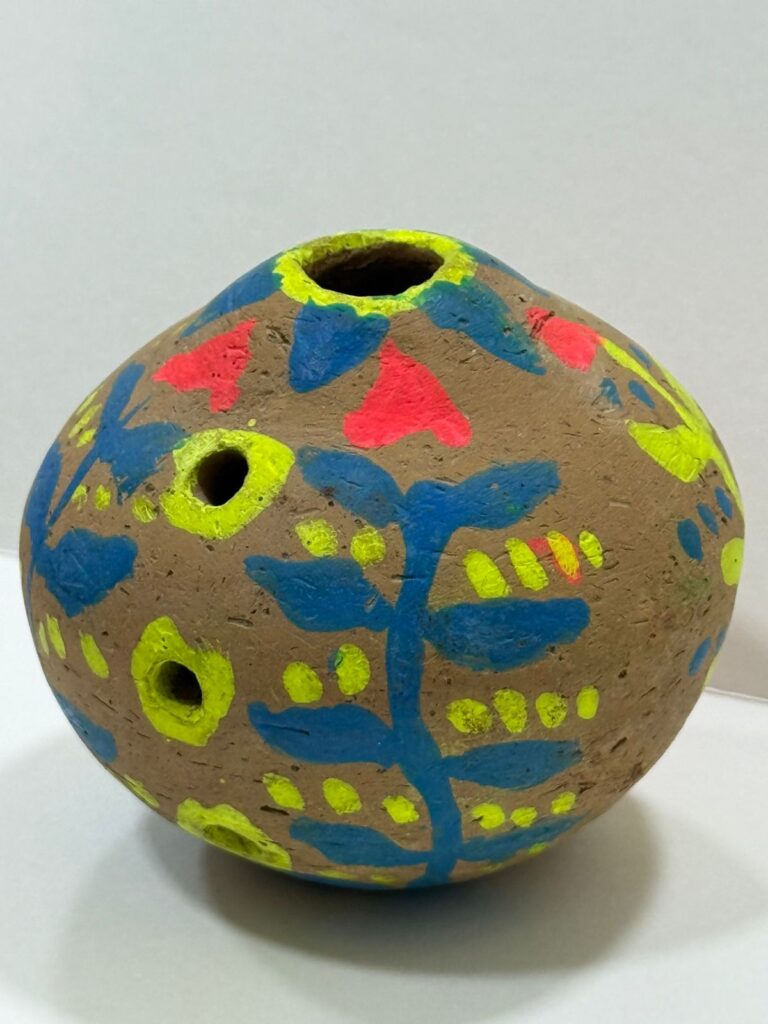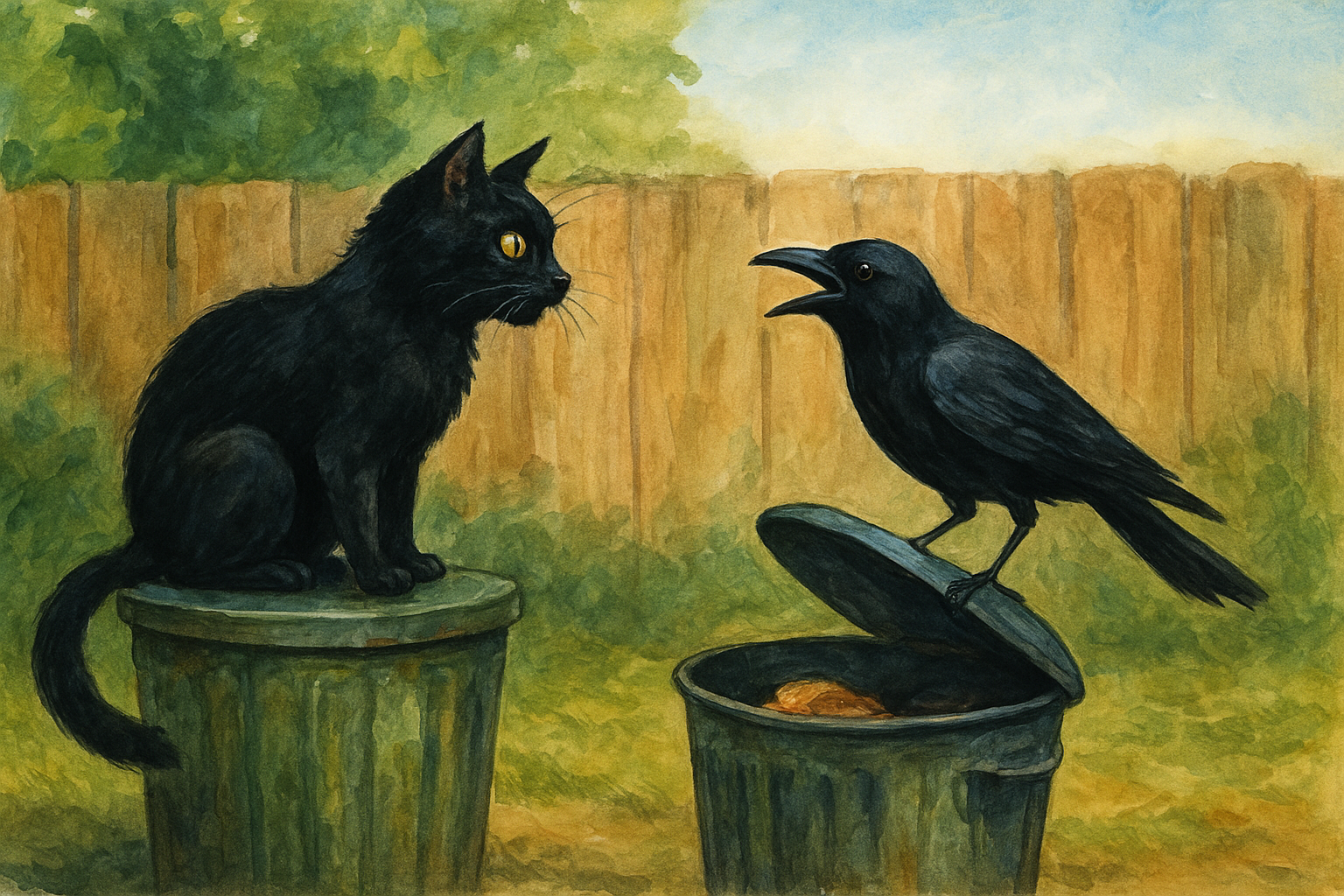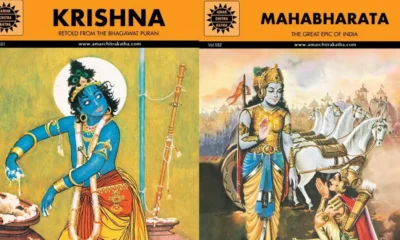Art & Culture
India’s colonial past revealed through 200 masterful paintings

Founded in 1600 as a trading enterprise, the English East India company gradually transformed into a colonial power.
By the late 18th Century, as it tightened its grip on India, company officials began commissioning Indian artists – many formerly employed by the Mughals – to create striking visual records of the land they were now ruling.
A Treasury of Life: Indian Company Paintings, c. 1790 to 1835, an ongoing show in the Indian capital put together by Delhi Art Gallery (DAG), features over 200 works that once lay on the margins of mainstream art history. It is India’s largest exhibition of company paintings, highlighting their rich diversity and the skill of Indian artists.
Painted by largely unnamed artists, these paintings covered a wide range of subjects, but mainly fall into three categories: natural history, like botanical studies; architecture, including monuments and scenic views of towns and landscapes; and Indian manners and customs.
“The focus on these three subject areas reflects European engagements with their Indian environment in an attempt to come to terms with all that was unfamiliar to Western eyes,” says Giles Tillotson of DAG, who curated the show.
“Europeans living in India were delighted to encounter flora and fauna that were new to them, and ancient buildings in exotic styles. They met – or at least observed – multitudes of people whose dress and habits were strange but – as they began to discern – were linked to stream of religious belief and social practice.”

Beyond natural history, India’s architectural heritage captivated European visitors.
Before photography, paintings were the best way to document travels, and iconic Mughal monuments became prime subjects. Patrons soon turned to skilled local artists.
Beyond the Taj Mahal, popular subjects included Agra Fort, Jama Masjid, Buland Darwaza, Sheikh Salim Chishti’s tomb at Fatehpur Sikri (above), and Delhi’s Qutub Minar and Humayun’s Tomb.
The once-obscure and long-anonymous Indian artist Sita Ram, who painted the tomb, was one of them.
From June 1814 to early October 1815, Sita Ram travelled extensively with Francis Rawdon, also known as the Marquess of Hastings, who had been appointed as the governor general in India in 1813 and held the position for a decade. (He is not to be confused with Warren Hastings, who served as India’s first governor general much earlier.)

The largest group in this collection is a set of botanical watercolours, likely from Murshidabad or Maidapur (in present-day West Bengal).
While Murshidabad was the Nawab of Bengal’s capital, the East India Company operated there. In the late 18th century, nearby Maidapur briefly served as a British base before Calcutta’s (now Kolkata) rise eclipsed it.
Originally part of the Louisa Parlby Album – named after the British woman who compiled it while her husband, Colonel James Parlby, served in Bengal – the works likely date to the late 18th Century, before Louisa’s return to Britain in 1801.
“The plants represented in the paintings are likely quite illustrative of what could be found growing in both the well-appointed gardens as well as the more marginal spaces of common greens, waysides and fields in the Murshidabad area during the late eighteenth century,” writes Nicolas Roth of Harvard University.
“These are familiar plants, domestic and domesticated, which helped constitute local life worlds and systems of meaning, even as European patrons may have seen them mainly as exotica to be collected.”

Another painting from the collection is of a temple procession showing a Shiva statue on an ornate platform carried by men, flanked by Brahmins and trumpeters.
At the front, dancers with sticks perform under a temporary gateway, while holy water is poured on them from above.
Labeled Ouricaty Tirounal, it depicts a ritual from Thirunallar temple in Karaikal in southern India, capturing a rare moment from a 200-year-old tradition.


By the late 18th Century, company paintings had become true collaborations between European patrons and Indian artists.
Art historian Mildred Archer called them a “fascinating record of Indian social life,” blending the fine detail of Mughal miniatures with European realism and perspective.
Regional styles added richness – Tanjore artists, for example, depicted people of various castes, shown with tools of their trade. These albums captured a range of professions – nautch girls, judges, sepoys, toddy tappers, and snake charmers.
“They catered to British curiosity while satisfying European audience’s fascination with the ‘exoticism’ of Indian life,” says Kanupriya Sharma of DAG.

Most studies of company painting focus on British patronage, but in south India, the French were commissioning Indian artists as early as 1727.
A striking example is a set of 48 paintings from Pondicherry – uniform in size and style – showing the kind of work French collectors sought by 1800.
One painting (above) shows 10 men in hats and loincloths rowing through surf. A French caption calls them nageurs (swimmers) and the boat a chilingue.
Among the standout images are two vivid scenes by an artist known as B, depicting boatmen navigating the rough Coromandel coast in stitched-plank rowboats.
With no safe harbours near Madras or Pondicherry, these skilled oarsmen were vital to European trade, ferrying goods and people through dangerous surf between anchored ships and the shore.

Company paintings often featured natural history studies, portraying birds, animals, and plants – especially from private menageries.
As seen in the DAG show, these subjects are typically shown life-size against plain white backgrounds, with minimal surroundings – just the occasional patch of grass. The focus remains firmly on the species itself.
Ashish Anand, CEO of DAG, says the the latest show proposes company paintings as the “starting point of Indian modernism”.
Anand says this “was the moment when Indian artists who had trained in courtly ateliers first moved outside the court (and the temple) to work for new patrons”.
“The agendas of those patrons were not tied up with courtly or religious concerns; they were founded on scientific enquiry and observation,” he says.
“Never mind that the patrons were foreigners. What should strike us now is how Indian artists responded to their demands, creating entirely new templates of Indian art.”
Taken From BBC News
Art & Culture
From Bank Lines to Bus Seats: Bold Lessons in Courtesy, Courage, and Everyday Survival

In the line of bill payers at the bank,
As the fairer sex,
If sick, don’t just be blank
“Ladies first”, “excuse me11, “before you please.”
For deals with unpaid bills,
Ask for goods back, threat if you will,
Repeat the request for a job.
You may make it from the mob,
Instead of standing, share the seat on the bus
Isn’t it much better than making a fuss,
Whatever you do during tug-of-war, do not push the rope
Or you’ll be the laughing stock amidst cries of, “What a dope.”
Art & Culture
Bareendo of Pakistan Inscribed on UNESCO’s Intangible Cultural Heritage (ICH) List

Paris(Imran Y. CHOUDHRY):- Bareendo (Bhorindo), one of the oldest surviving folk instruments of Sindh, has been officially inscribed on UNESCO’s list of Intangible Cultural Heritage (ICH) in need of urgent safeguarding. The decision was adopted at the 20th Session of the Intergovernmental Committee for the Safeguarding of the Intangible Cultural Heritage.

The Bareendo is a clay wind instrument whose origins trace back to the 5,000-year-old Indus Valley Civilization. It is a symbol of Sindh’s spiritual and communal traditions. For centuries, its soft and meditative tones have accompanied winter gatherings, Sufi practices, and rural celebrations. Today, however, the tradition is endangered, with only one master musician, Ustaad Faqeer Zulfiqar, and one master potter, Allah Jurio, preserving its complete knowledge.
The nomination of Bareendo as an ICH in urgent need of safeguarding is the result of an intensive consultative process between the Government of Sindh, Pakistan Mission’s to UNESCO in France and the UNESCO Headquarters. It was inspired by a community-led and participatory process in the village of Keti Mir Muhammad Loond village in Sindh province to protecting Bareendo as a cultural heritage. Their efforts shaped the comprehensive Four-Year Safeguarding Plan (2026–2029), which includes the establishment of a community music school, integration of Bareendo heritage into formal and informal education, and the use of digital platforms to expand cultural outreach. UNESCO’s inscription will support the conservation process.
Permanent Delegate of Pakistan to UNESCO Ambassador Mumtaz Zahra Baloch welcomed the decision of UNESCO’s Intergovernmental Committee to inscribe Bareendo as an Intangible Cultural Heritage in urgent need of safeguarding. “The inscription of Bareendo is a proud moment for Pakistan and a tribute to the communities who have preserved this ancient instrument and music for generations. Bareendo is not only an emblem of the Indus Valley’s cultural continuity but also a living expression of Sindh’s artistic and spiritual heritage.”
“This recognition by UNESCO reaffirms Pakistan’s commitment to the protection and promotion of our diverse cultural traditions. We look forward to working closely with UNESCO to ensure that the knowledge, craftsmanship, and musical identity of the Bareendo is transmitted to future generations”, she said.
Art & Culture
“The Backyard Ballet: Cat and Crow in Comic Courtship — A Poem by Zeenat Iqbal Hakimjee”

My backyard is livened up
By the cat and the crow.
From a distance they for each other
A liking show.
Caw Caw, Meow Meow they hark & howl.
A din enough, to disturb the neighbouring fowl
Both of them perched on the dustbin.
Turn by turn.
Waiting for a morsel, from the kitchen to return.
Up goes the left over meat, in the air,
What ensues would ashame ‘The battle for the chair
-

 Europe News10 months ago
Europe News10 months agoChaos and unproven theories surround Tates’ release from Romania
-

 American News10 months ago
American News10 months agoTrump Expels Zelensky from the White House
-

 American News10 months ago
American News10 months agoTrump expands exemptions from Canada and Mexico tariffs
-

 American News10 months ago
American News10 months agoZelensky bruised but upbeat after diplomatic whirlwind
-

 Art & Culture10 months ago
Art & Culture10 months agoThe Indian film showing the bride’s ‘humiliation’ in arranged marriage
-

 Art & Culture10 months ago
Art & Culture10 months agoInternational Agriculture Exhibition held in Paris
-

 Pakistan News6 months ago
Pakistan News6 months agoComprehensive Analysis Report-The Faranian National Conference on Maritime Affairs-By Kashif Firaz Ahmed
-

 Politics10 months ago
Politics10 months agoUS cuts send South Africa’s HIV treatment ‘off a cliff’




















